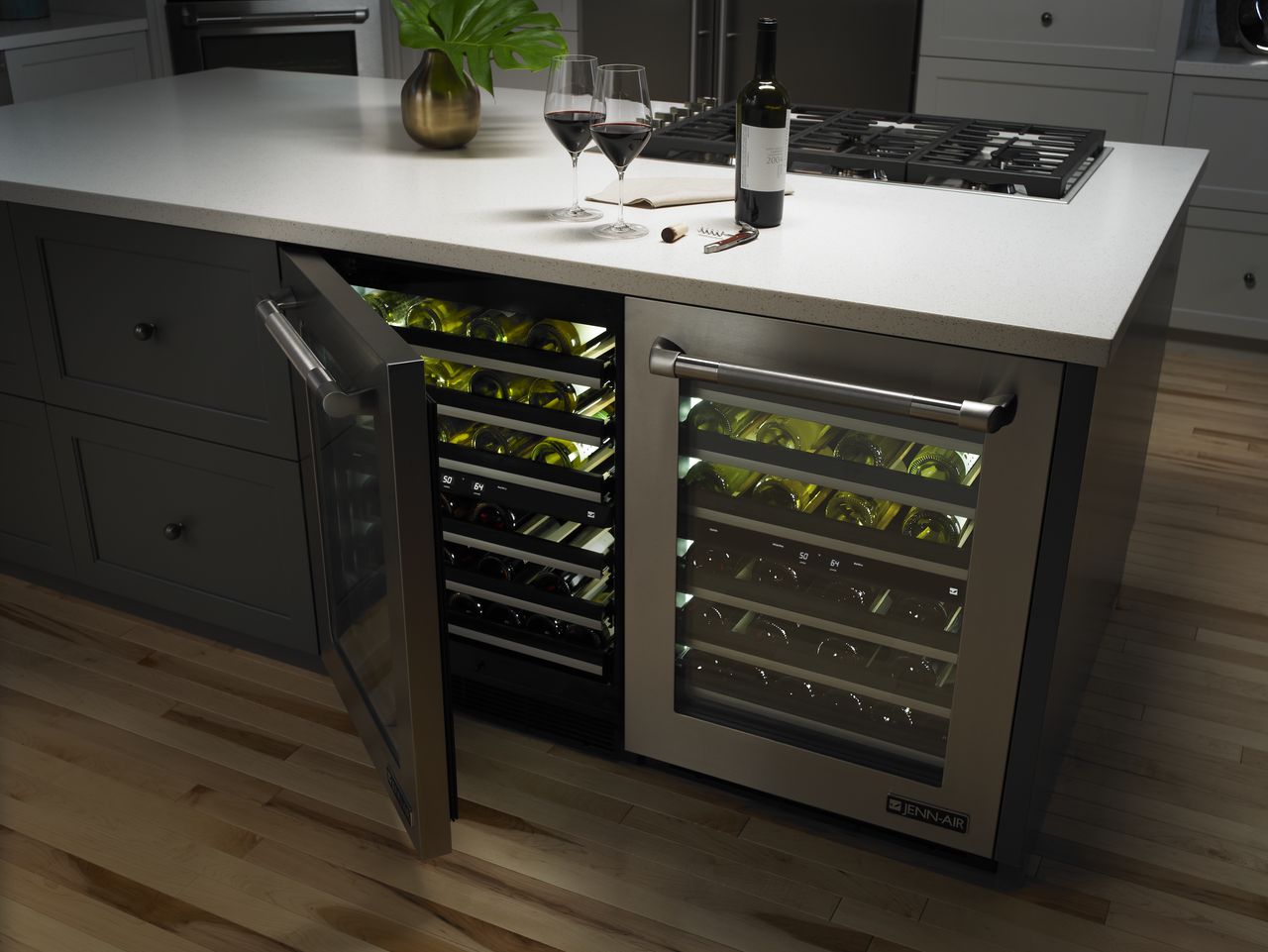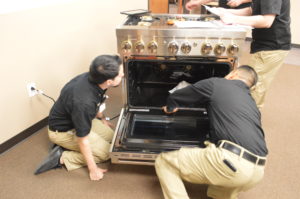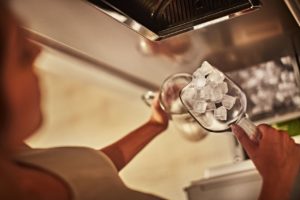When it comes to appliance repair blogs, wine coolers don’t get near enough love. While they aren’t used daily, they often maintain what will be the key to your next gathering of friends or family: the wine! This is the nightmare scenario: you’ve been putting off drinking that special bottle until the dinner party, and when you pull it out it’s gone bad due to temperature, lighting, humidity, or poor storage. With this blog, we’d like to help you avoid that altogether.
As we just mentioned, there are really 4 central issues when it comes to wine coolers: Lighting, Temperature, Humidity, and Storage.
Lighting
This one is less about mechanical issues, and more about actual machine placement. Being hit by direct sunlight, even just for a few dozen minutes a day, can ruin a wine bottle, and defeat the purpose of your wine cooler. The wine cooler thrives when there are no outside influences on the internal atmosphere, and letting direct sunlight hit it can not only alter the complexion of the wine, it can also have an effect on the temperature itself, which in turn can affect the humidity. The wine cooler needs complete control to do its job.
Temperature
Wine should always be stored at very specific temperatures. It varies by type and by year, you can generally pin it at between 40 and 65 degrees. Always be sure to monitor your wine cooler’s temperature. If it’s too high, simply turn the temperature lower for half the day, then return it to the proper temperature. This should (hopefully) counteract any damage done, barring the temperature being outside the range for an extended period of time. The same rule applies if the temperature has been too cold. Just turn the temperature up for a little while, then bring it back down.
Regardless of whether or not it’s hot or cold, it’s extremely important that the machine is level. A level machine leads to level mercury, for an accurate temperature.
Humidity
Much like fine cigars, humidity is extremely important to wine storage. By keeping the moisture high, which means a humidity level around 65%, you will insure that the wine cork will never dry out, meaning no wine will spill, and more importantly no air will get into your wine bottles which would ruin them. It’s much more important to make sure that the humidity isn’t too low rather than too high. When humidity is too low, the cork dries out, which is a no-go. When the humidity is too high, the only real risk is the label dissolving. Still an annoyance, but not as bad the entire bottle being ruined. If the humidity level is too low, all you have to do is slide in a small pan of water. That extra moisture should do the trick.
If humidity is still an issue, make sure the cooler door is making a complete seal, and every gasket is doing the same. Any leak in the machine will alter the humidity.
Storage
This is the simplest thing to be mindful of when using your wine cooler. Wine is always best stored in the dark, horizontally, with the label facing up. This insures a complete seal, no skunking of the alcohol, and no torn labels.
If there are any other issues persisting after all of this, feel free to contact us at Guinco Service by calling 844.3.GUINCO, or find us online at Guinco.com. As always, Thank you for letting our family help yours!




